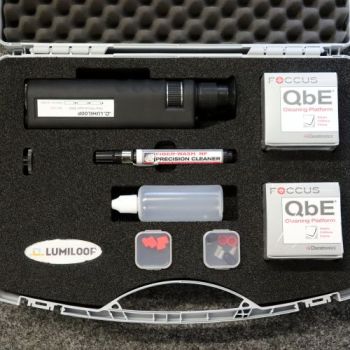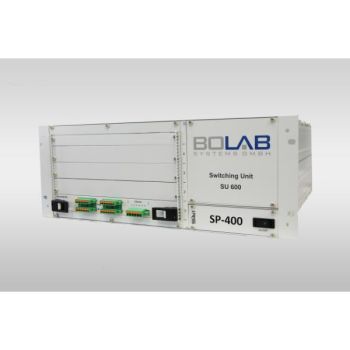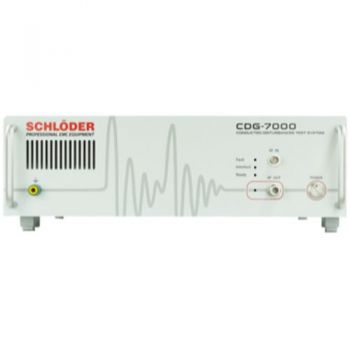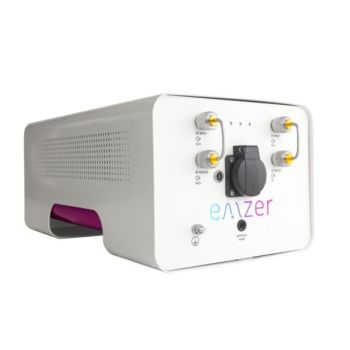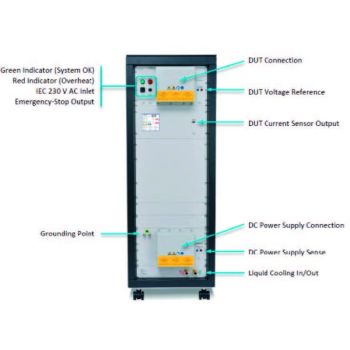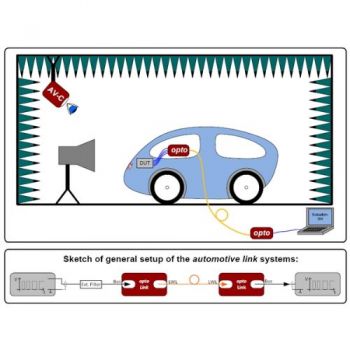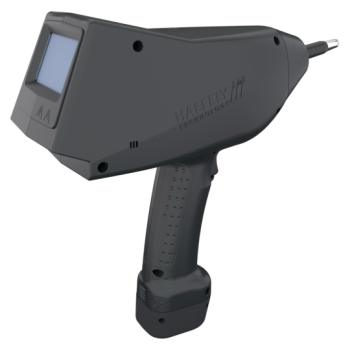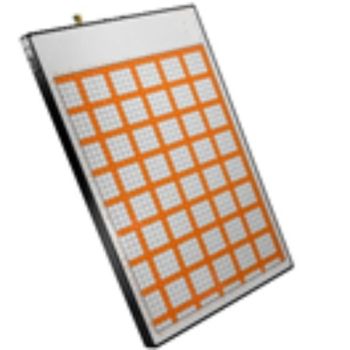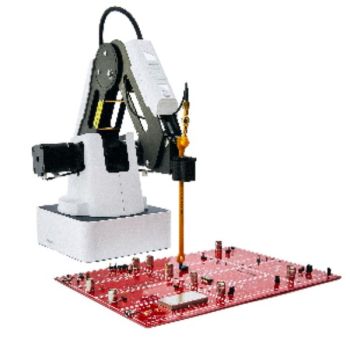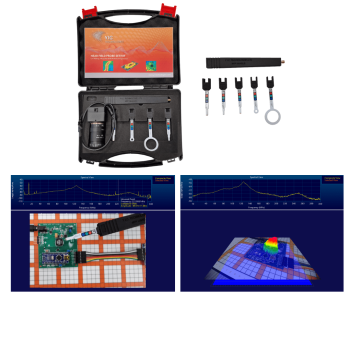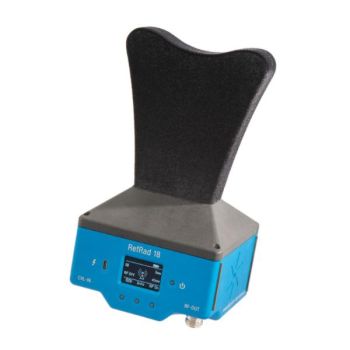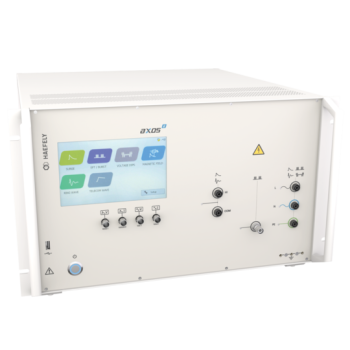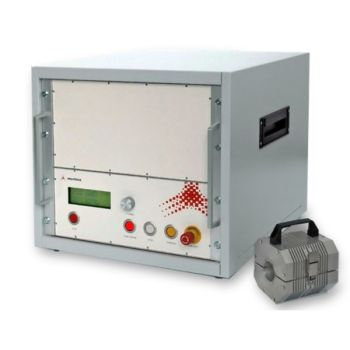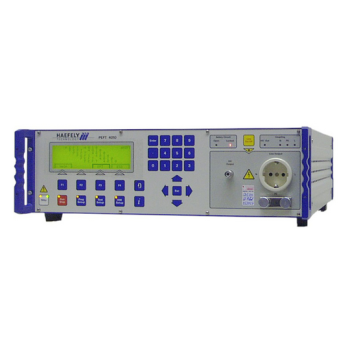Understanding the Significance of Dielectric Constant in Materials for EMC Testing
Introduction:
In the realm of electromagnetic compatibility (EMC) testing, the dielectric constant of materials plays a crucial role in determining their effectiveness in managing electromagnetic interference (EMI). The dielectric constant, also known as the relative permittivity, is a fundamental property that characterizes how a material responds to an applied electric field. This article delves into the concept of dielectric constant and its importance in the context of EMC testing, shedding light on the role it plays in mitigating EMI.
Defining Dielectric Constant:
The dielectric constant of a material is a dimensionless quantity that quantifies its ability to store electrical energy when subjected to an electric field. It is a ratio of the permittivity of a given material to the permittivity of a vacuum or free space. The dielectric constant value influences the behavior of electric fields passing through the material, including the speed at which electromagnetic waves propagate and the amount of charge that can be stored within the material.
Impact on EMC Testing:
EMC testing is conducted to ensure that electronic devices, systems, or equipment can operate without interference from, or causing interference to, other nearby devices. To achieve this, it is crucial to choose materials with appropriate dielectric constants. Here's how the dielectric constant affects EMC testing:
1. Shielding Effectiveness: The dielectric constant of materials used in shielding enclosures or coatings significantly affects their ability to attenuate electromagnetic radiation. Materials with high dielectric constants tend to reflect or scatter electromagnetic waves more effectively, reducing the penetration of EMI. Conversely, materials with low dielectric constants may allow electromagnetic waves to pass through more easily, diminishing the shielding effectiveness.
2. Impedance Matching: In some EMC applications, impedance matching is critical to optimize power transfer between different components or systems. Dielectric constants of materials can influence the characteristic impedance and impedance matching requirements. By carefully selecting materials with suitable dielectric constants, engineers can improve the overall performance and minimize signal reflections, thus ensuring effective EMC mitigation.
3. Capacitive Coupling: In EMC testing, capacitive coupling is a common phenomenon where unwanted signals coupled between adjacent conductive elements. The dielectric constant of the materials used between the conductive elements affects the magnitude of capacitive coupling. By choosing materials with appropriate dielectric constants, engineers can minimize capacitive coupling and reduce the potential for EMI propagation.
4. Signal Integrity: High-speed electronic systems are vulnerable to signal integrity issues caused by reflections, crosstalk, and electromagnetic interference. The choice of dielectric materials, particularly for printed circuit boards (PCBs), is critical in managing these issues. Materials with specific dielectric constants can help control the propagation speed of signals, minimize signal distortion, and mitigate EMI-induced signal integrity problems.
5. EUT Support material is crucial to have a low Dielectric Constant. This will have less of an effect on the test and produce more reliable results. EPS (Expanded Polystyrene), also known as Styrofoam (Dow TM), has a very excellent low dielectric constant of 1.03-1.04. Absolute EMC uses EPS with a higher density for all its products, allowing for a longer life. However, EPS is still a soft product and will need to be replaced over time for everyday use.
Selecting Materials for EMC Testing:
When selecting materials for EMC testing, engineers consider various factors, including dielectric constant. It is important to note that there is no universally optimal dielectric constant value for all applications. The dielectric constant requirements vary depending on the specific system, operating frequency, and desired EMC performance. Careful consideration is given to strike a balance between shielding effectiveness, impedance matching, and signal integrity requirements.
Conclusion:
The dielectric constant of materials used in EMC testing plays a vital role in managing electromagnetic interference and ensuring the reliable operation of electronic devices and systems. By understanding the significance of dielectric constant, engineers can make informed decisions in selecting appropriate materials for shielding, impedance matching, and controlling signal integrity. By leveraging materials with suitable dielectric constants, EMC testing can effectively mitigate EMI, enabling electronic systems to coexist harmoniously in today's increasingly interconnected world.
What is Dielectric Constant?
The dielectric constant is an electrical property of plastic – or any material. It can be defined as the ratio of the change stored in an insulating material between two metallic plates to the charge that can be stored when a vacuum or air replaces the insulating material. The dielectric constant is also referred to as permittivity, electric permittivity, and sometimes relative permittivity as it relates to the permittivity of free space.
How to Calculate Dielectric Constant or Relative Permittivity
The dielectric constant or relative permittivity is commonly defined as the ratio of the capacitance induced by two metallic plates with an insulator between them to the capacitance of the same plates with a vacuum between them.
An insulating material with a higher dielectric constant is needed in electrical and electronic applications with a high capacitance ratio.
When using a material specifically for insulating purposes, that material should have a lower dielectric constant to achieve desired results.
The dielectric constant formula is: κ = C / C0
If C is the value of the capacitance of a capacitor filled with a given dielectric and C0 is the capacitance of an identical capacitor in a vacuum, the dielectric constant, symbolized by the Greek letter kappa, κ, is simply expressed as κ = C/C0. Reference: britannica.com (https://www.britannica.com/science/dielectric-constant)

